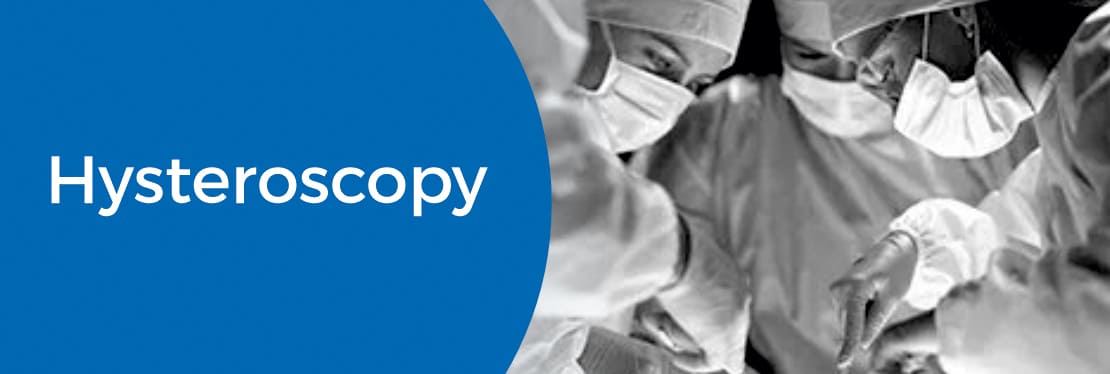What is Hysteroscopy Treatment?
Hysteroscopy is a minimally invasive procedure. It enables the doctor to have a closer look at the cervix and uterus, thus diagnosing and treating the underlying cause of abnormal bleeding, cysts, and fibroid. Hysteroscopy is done with the help of a hysteroscope, a thin tube-like structure that examines the cervix and inside of the uterus.
Why is Hysteroscopy done?
Hysteroscopy is performed to assess the health of the uterus and treat other uterine conditions. Since hysteroscopy is a minor surgical procedure, the patient recovers in a short span of time. Hysteroscopy is recommended to women who have fibroid within the lining of the uterine cavity.
Preparation for Hysteroscopy Treatment
A hysteroscopy can be performed either in a hospital or in the doctor’s clinic. The patient is given anesthesia to numb the cervix. Depending on the need, the doctor determines the type of anesthesia that would work best for the patient.
The doctor might give medication to help one relax and use dilators to help open the cervix.
- A tool called a speculum keeps the vagina open
- The hysteroscope is inserted into the uterus through the cervix.
- Through the hysteroscope, a gas or liquid like saline is released into the uterus. This expands the uterus and gives a clear view to the doctor
- Hysteroscope allows the doctor to examine the uterus lining and the opening of the fallopian tubes
- If surgery is required, small instruments are inserted through the hysteroscope
What is the process of Hysteroscopy Surgery?
Soon after the procedure, one is often well enough to drive, unless they have been administered general anesthesia during the procedure. A few days after the hysteroscopy, one may have mild cramping or bleeding and there might be remnants of the liquid used during the procedure, that might last for 24 hours. Painkillers will most likely be prescribed, to deal with any excess pain or discomfort.
As a precautionary measure, sex is best avoided for at least 2 weeks after the procedure. Detailed instructions will be given by the doctor before the patient is discharged.
Results/ Post Procedure
A hysteroscopy is most often done on an outpatient basis. Hence, one technically doesn’t need any post-operative care. It is helpful in treating uterine conditions that might be hampering conception.
Hysteroscopy is also useful in determining the cause of unexplained bleeding or spotting in postmenopausal women.
What Are the Risks?
Hysteroscopy is a very safe procedure. However, there are a few risk factors that one must be aware of.
- Side effects from anesthesia
- Accidental damage to the cervix or uterus.
- Severe abdominal pain.
- Infection.
- Heavy bleeding
